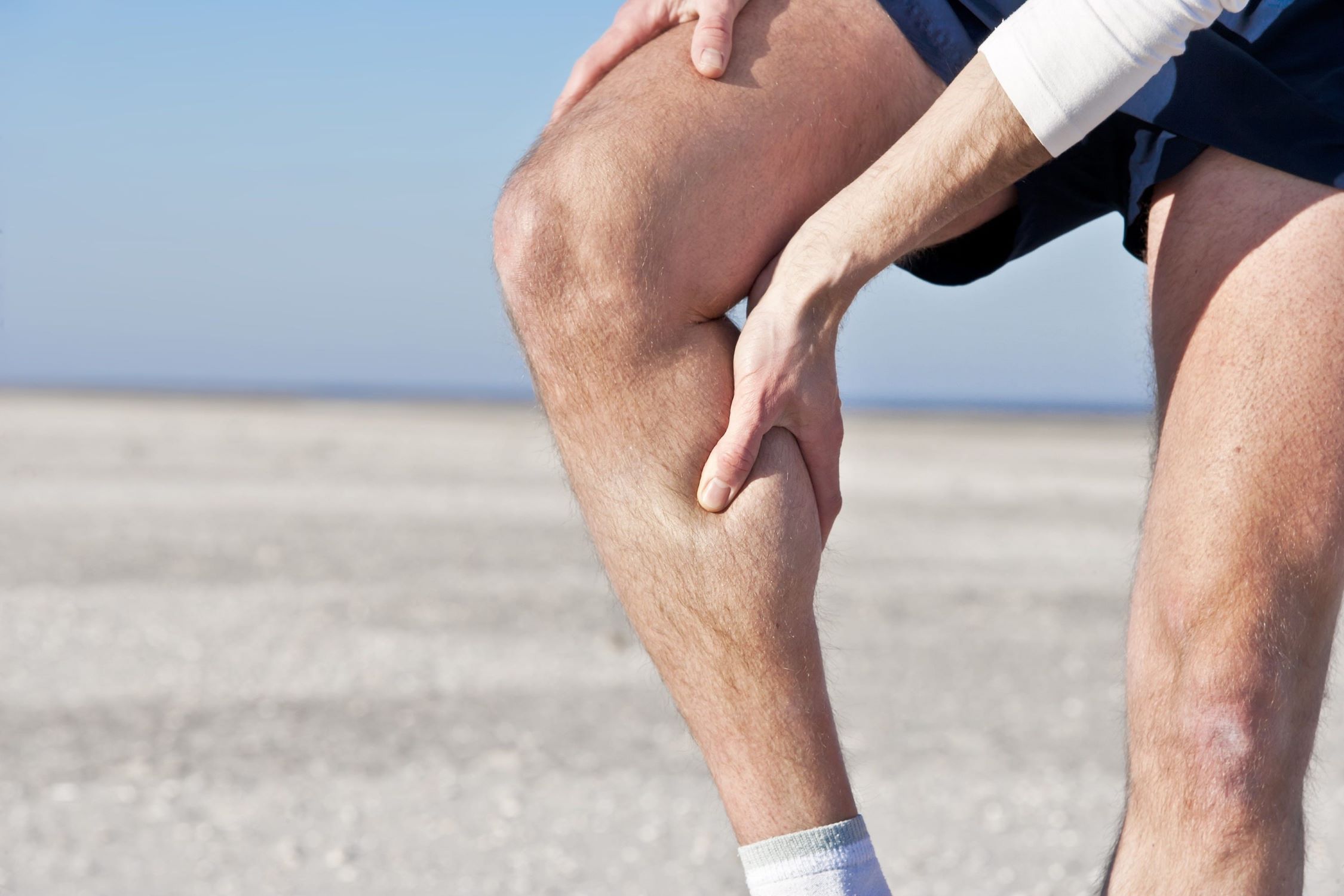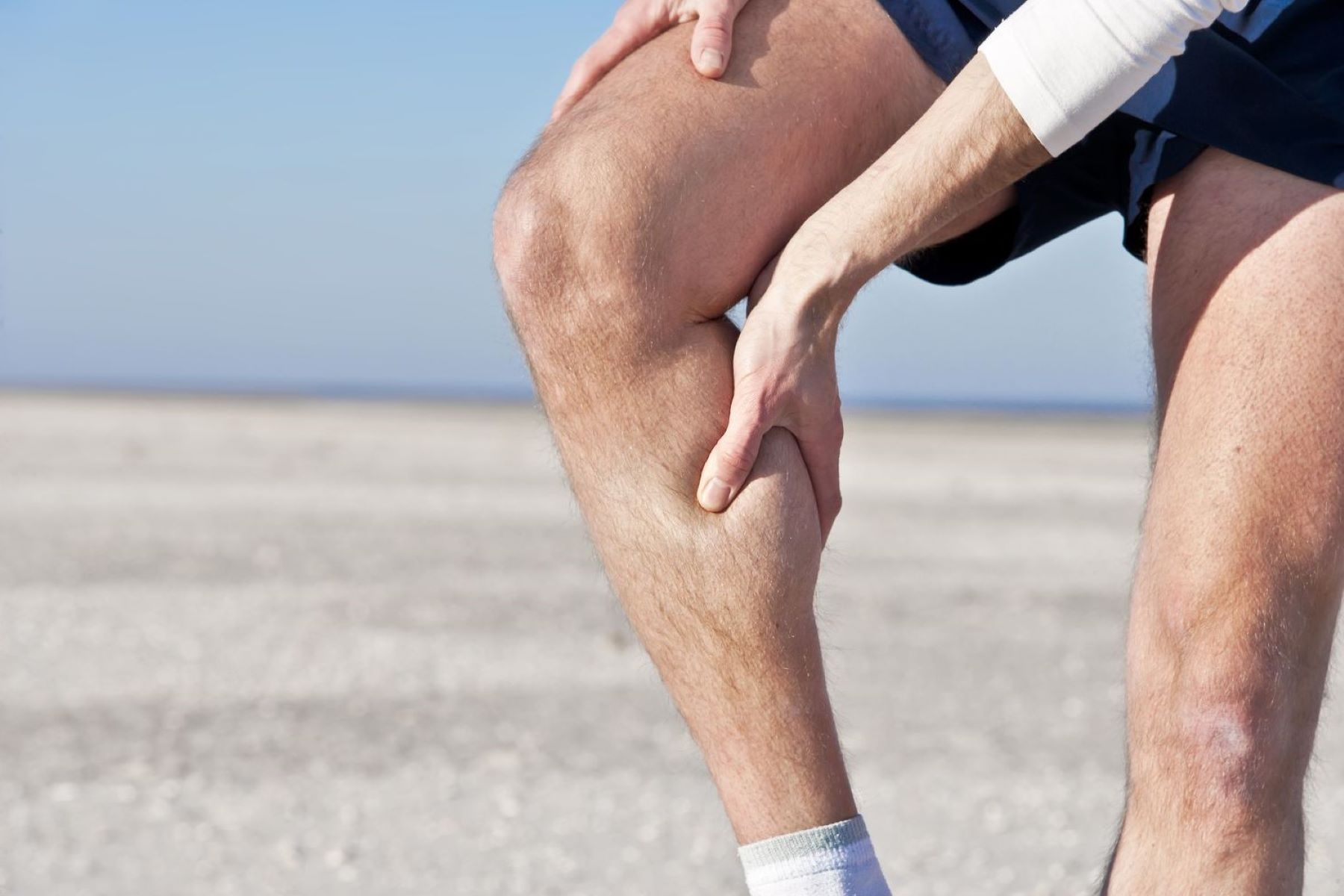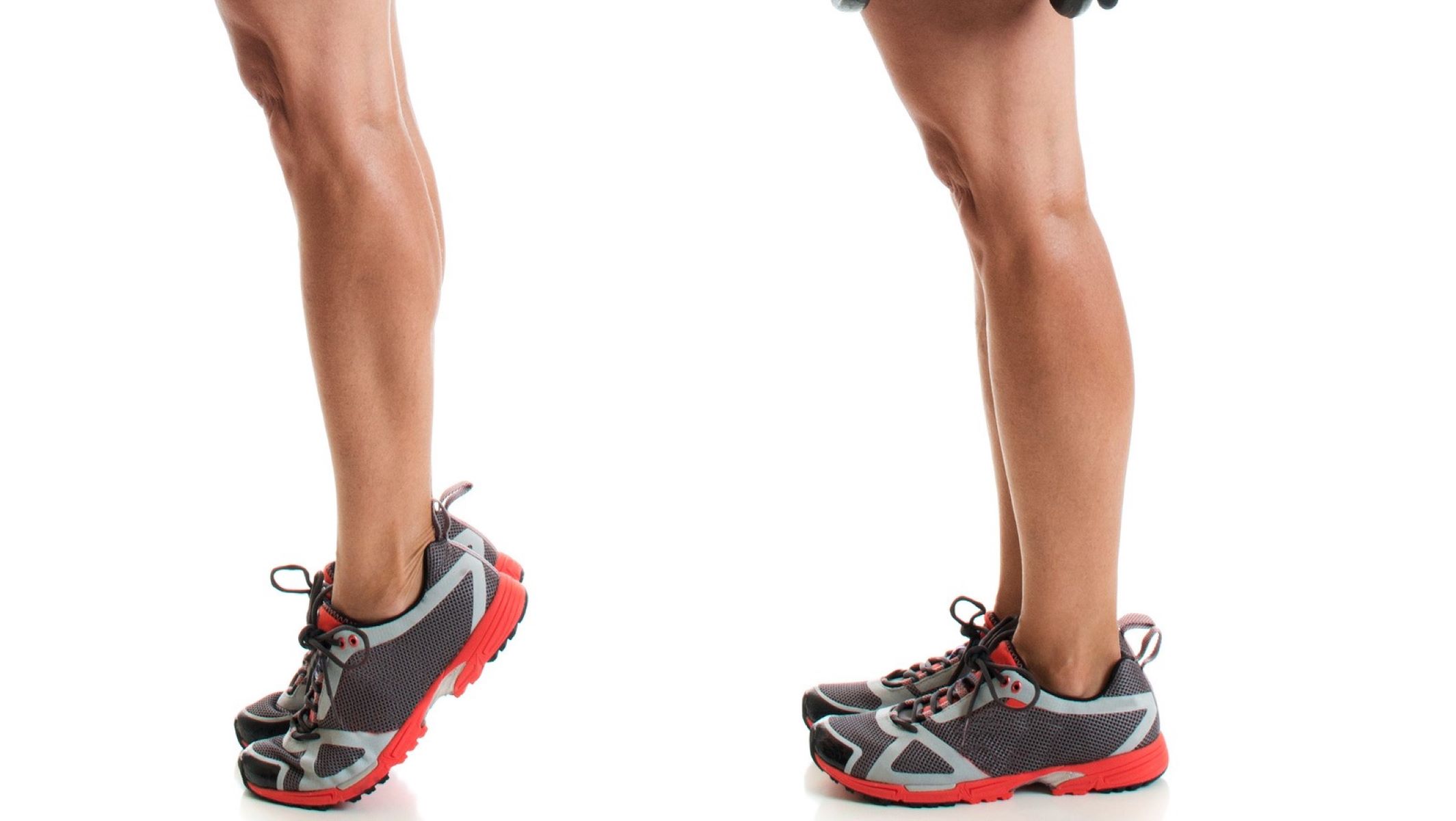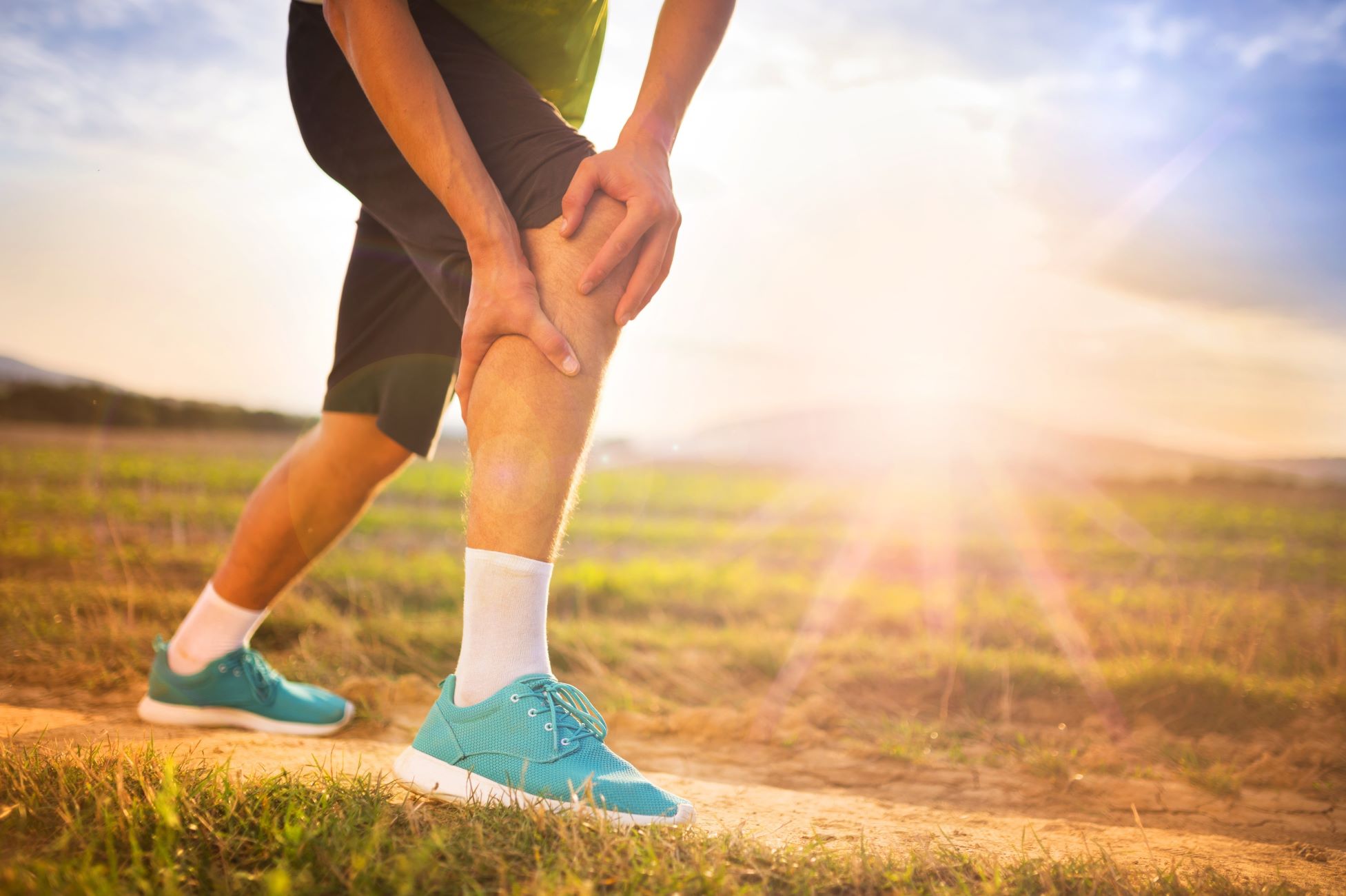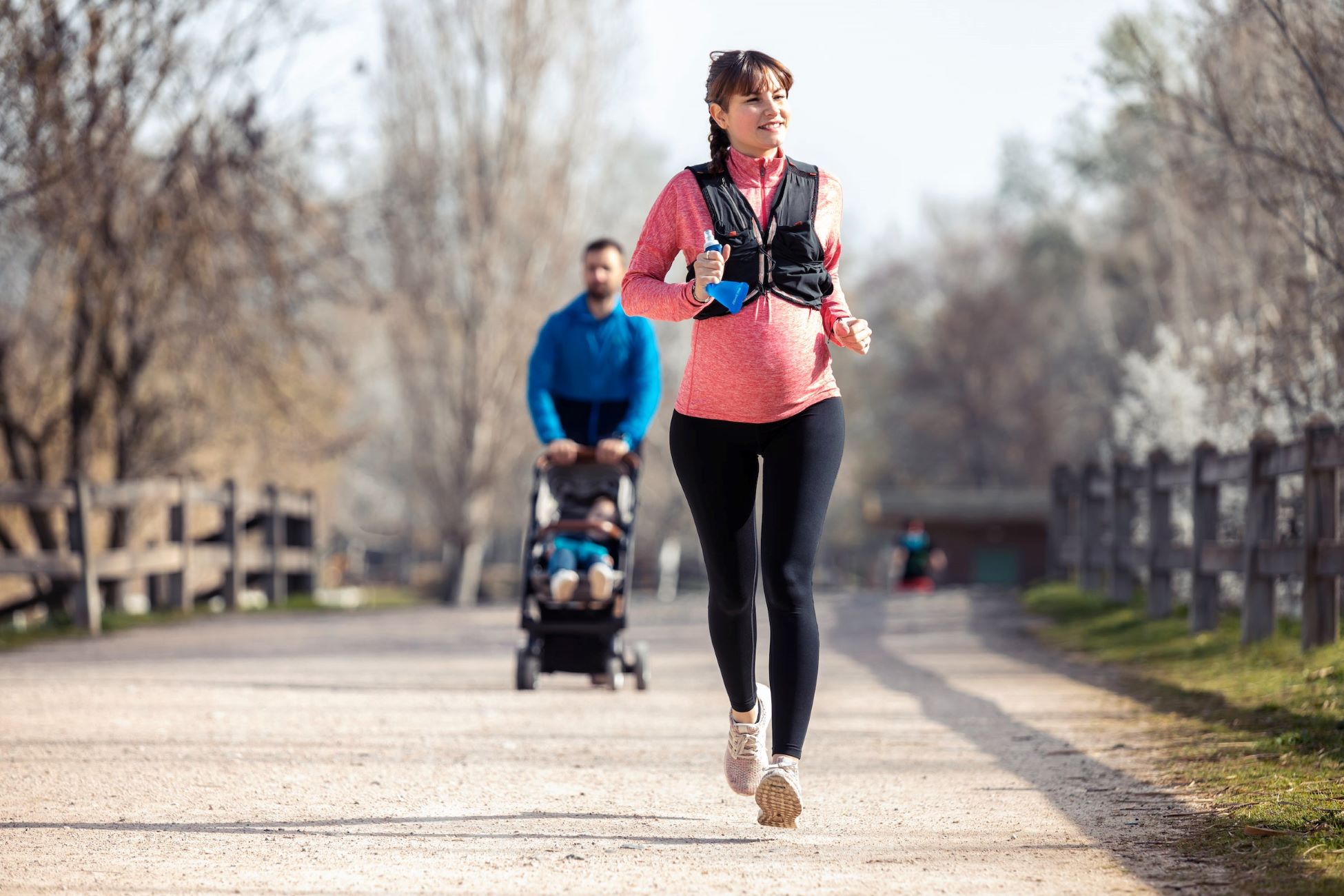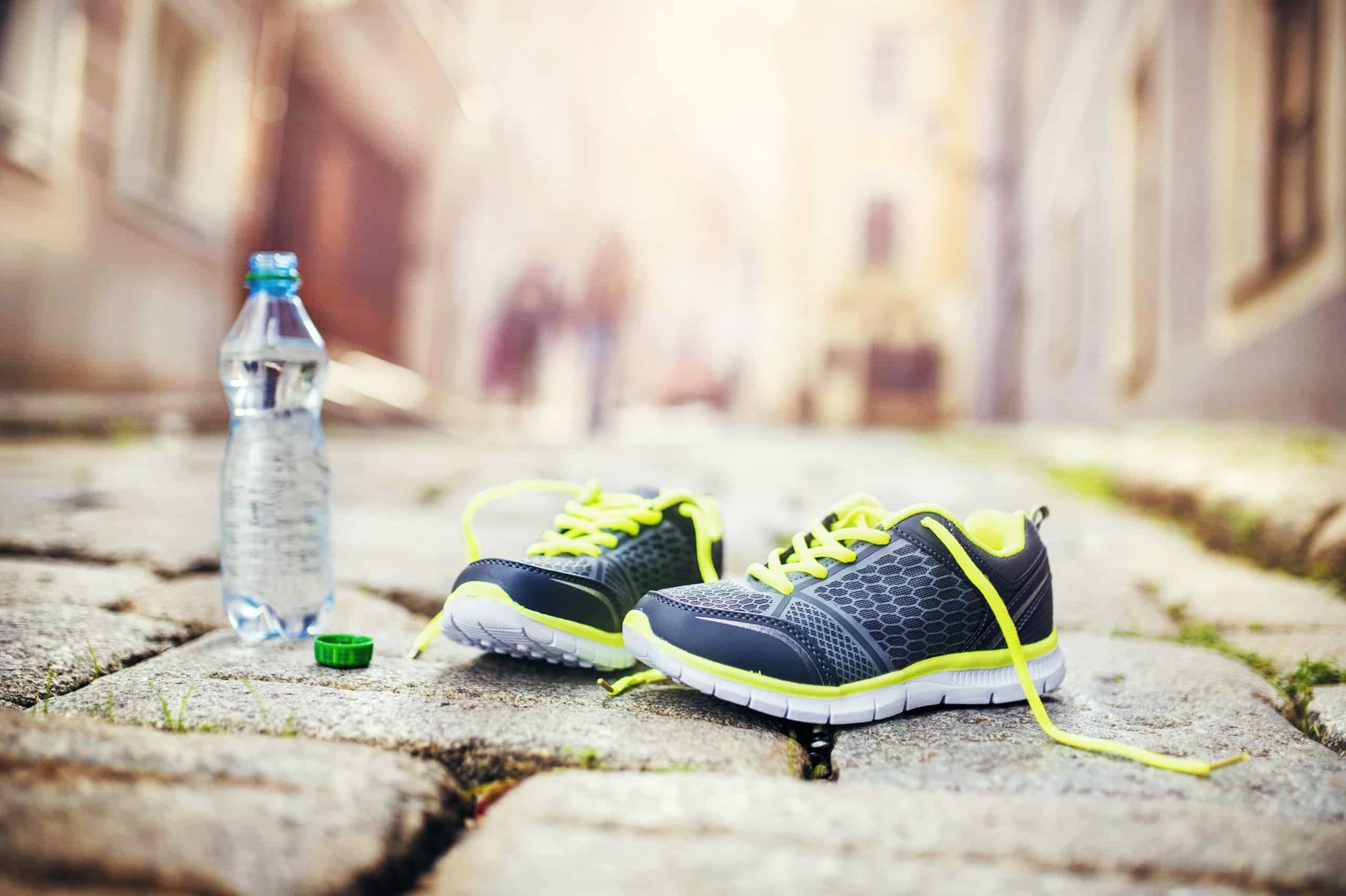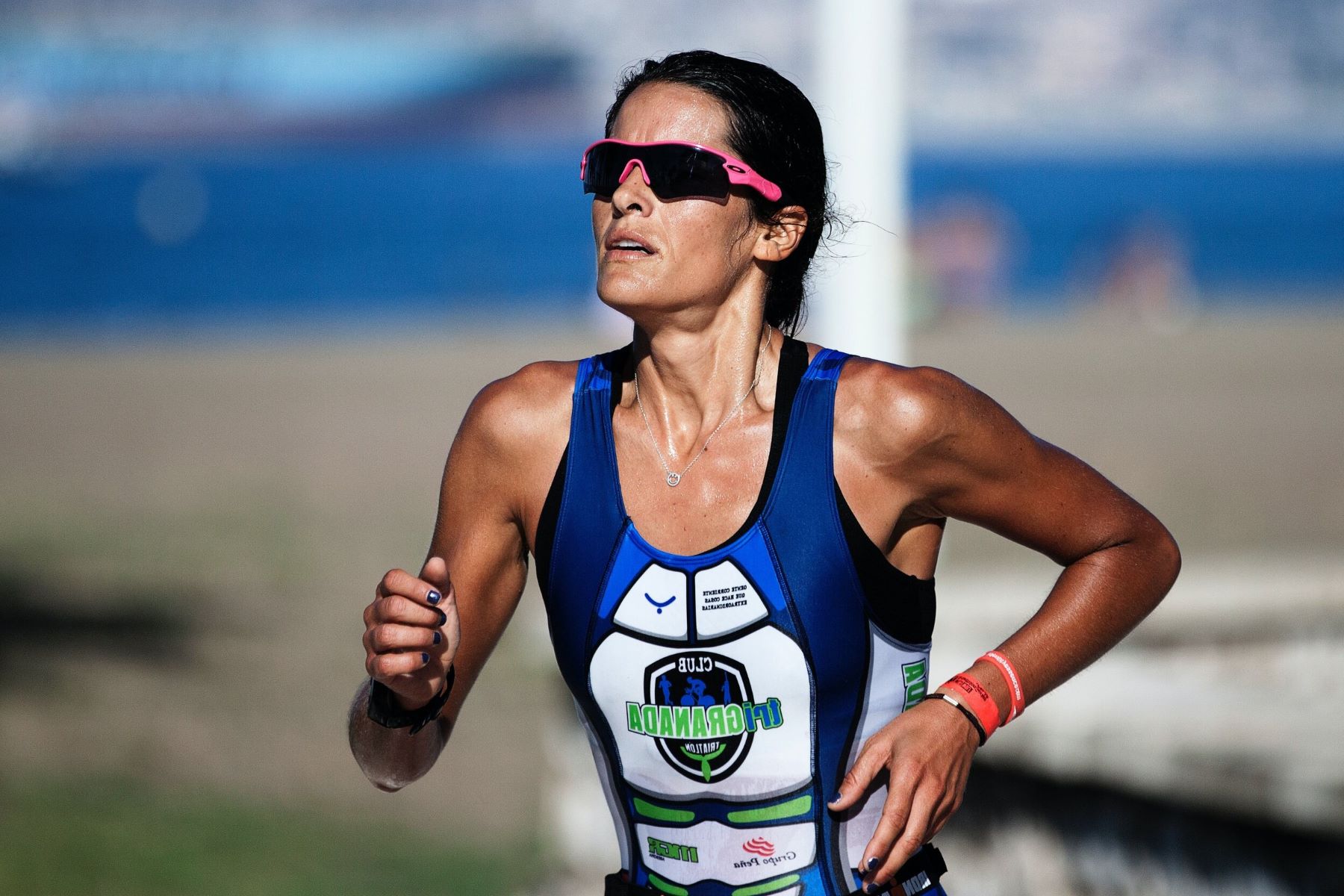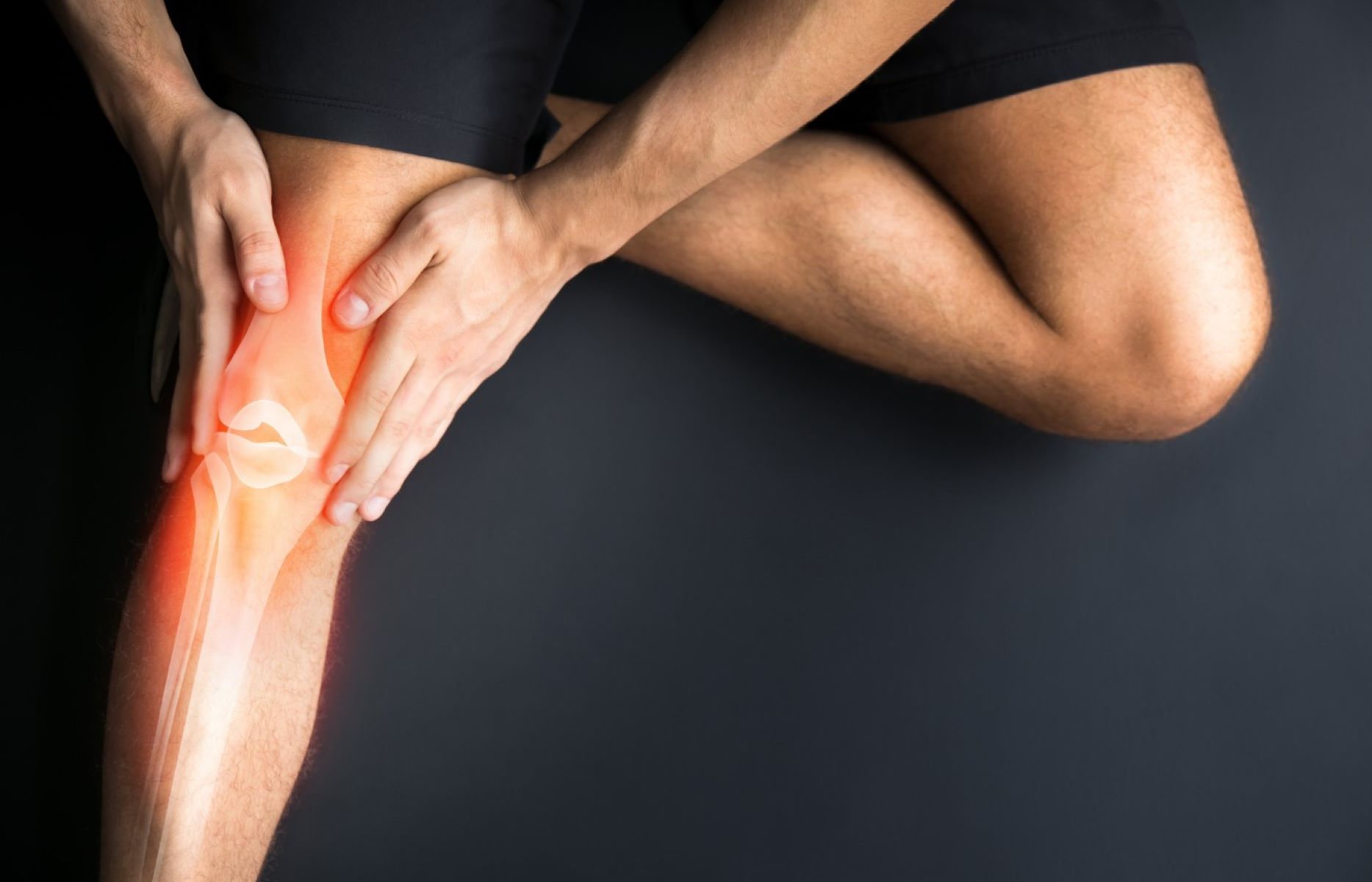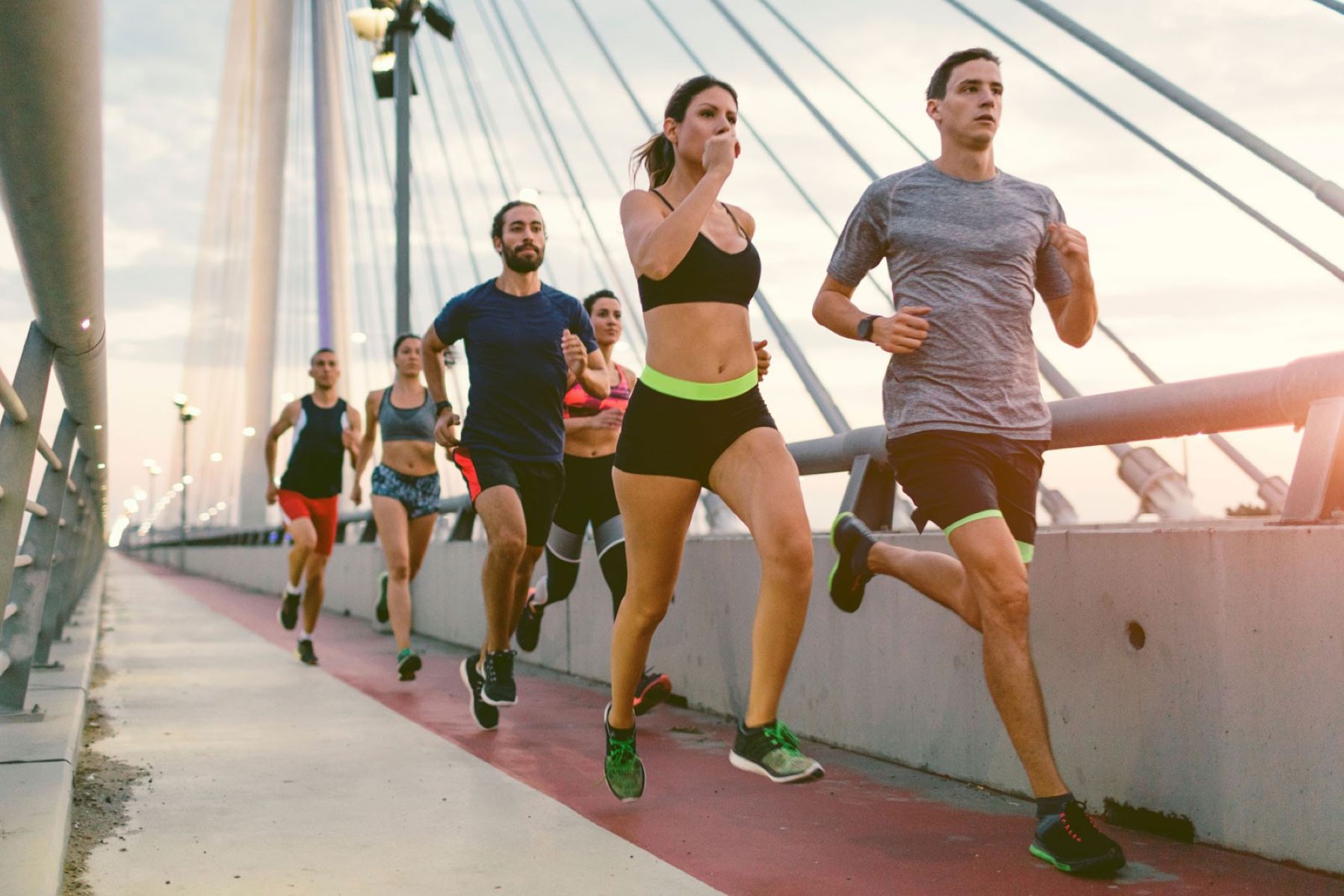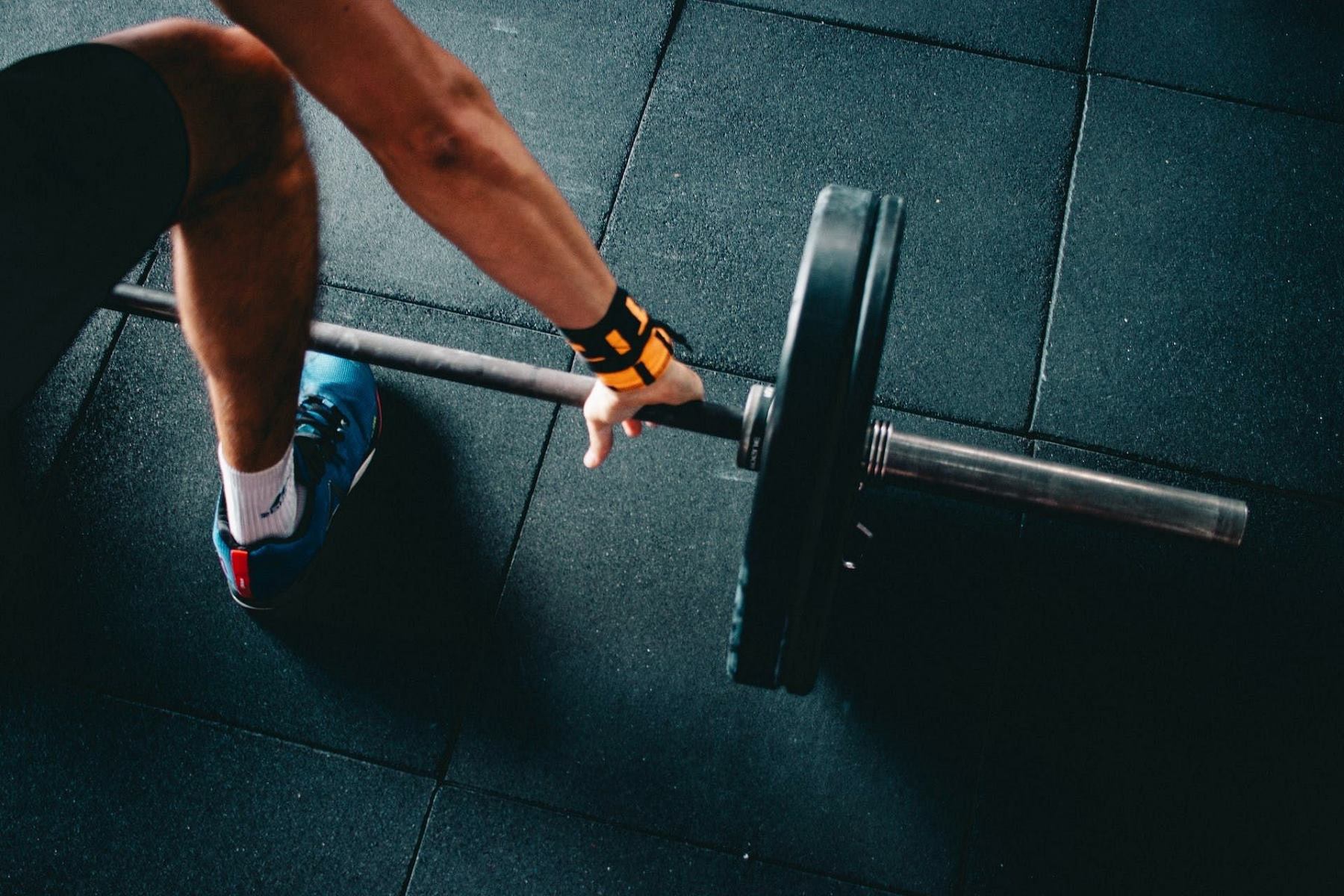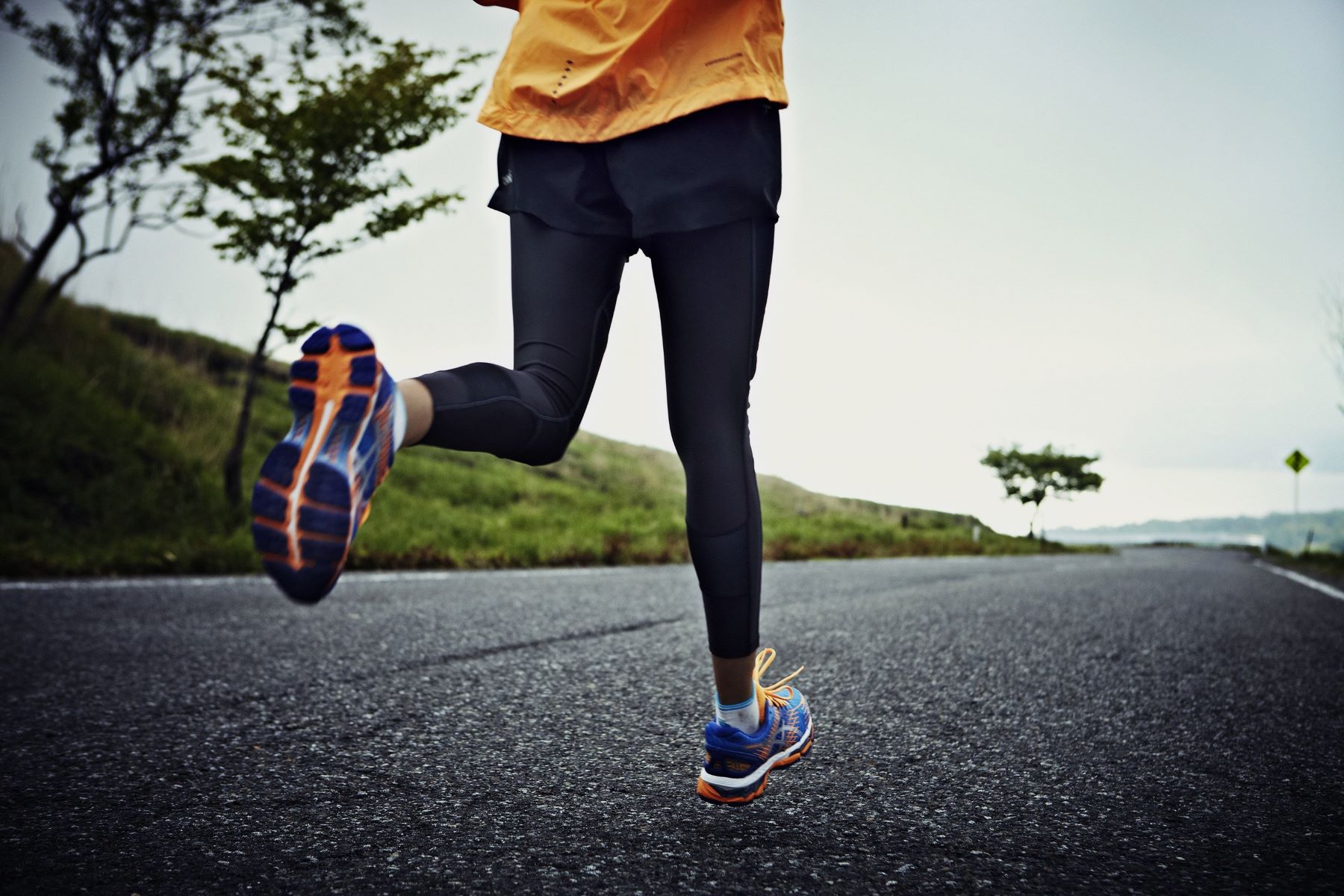Home>Health & Nutrition>Injury Prevention>Understanding The Occurrence Of Calf Cramps During Running


Injury Prevention
Understanding The Occurrence Of Calf Cramps During Running
Published: February 26, 2024
Learn how to prevent calf cramps during running with effective injury prevention strategies. Understand the occurrence of calf cramps and how to avoid them for a smoother running experience.
(Many of the links in this article redirect to a specific reviewed product. Your purchase of these products through affiliate links helps to generate commission for Therunningadvisor.com, at no extra cost. Learn more)
Table of Contents
Causes of calf cramps during running
Calf cramps during running can be a frustrating and painful experience for athletes and fitness enthusiasts. Understanding the potential causes of these cramps is essential for preventing and managing them effectively. Several factors can contribute to the occurrence of calf cramps during running, including:
-
Dehydration: Inadequate fluid intake before, during, or after running can lead to dehydration, which disrupts the balance of electrolytes in the body. Electrolyte imbalances, particularly low levels of potassium, sodium, and magnesium, can trigger muscle cramps, including those in the calves.
-
Muscle Fatigue: Prolonged or intense running can lead to muscle fatigue, causing the calf muscles to become more susceptible to cramping. When muscles are overworked and exhausted, they are more likely to involuntarily contract, resulting in painful cramps.
-
Poor Warm-Up: Failing to properly warm up before a run can increase the risk of calf cramps. Without adequate preparation, the muscles may not be sufficiently primed for the physical demands of running, making them more prone to cramping.
-
Inadequate Stretching: Tight or inflexible calf muscles can contribute to cramping during running. Insufficient stretching before or after a run can lead to muscle tightness, reducing the muscles' ability to function optimally and increasing the likelihood of cramps.
-
Improper Footwear: Wearing shoes that do not provide adequate support or that are worn out can impact the biomechanics of running, potentially leading to calf cramps. Improper footwear can alter the distribution of pressure on the feet and legs, placing additional strain on the calf muscles.
-
Nutritional Deficiencies: Inadequate intake of essential nutrients, such as potassium, calcium, and magnesium, can contribute to muscle cramping during physical activity. These nutrients play crucial roles in muscle function and contraction, and their deficiency can predispose individuals to calf cramps during running.
Understanding these potential causes of calf cramps during running empowers individuals to take proactive measures to minimize their risk. By addressing factors such as hydration, muscle fatigue, warm-up routines, stretching exercises, footwear selection, and nutritional intake, runners can significantly reduce the likelihood of experiencing debilitating calf cramps during their workouts.
Risk factors for experiencing calf cramps during running
Several risk factors can contribute to the occurrence of calf cramps during running, impacting athletes and fitness enthusiasts. Understanding these risk factors is crucial for individuals aiming to prevent and manage calf cramps effectively. By recognizing the elements that increase the likelihood of experiencing calf cramps during running, individuals can take proactive measures to mitigate these risks and enhance their overall running experience.
-
Inadequate Hydration: Insufficient fluid intake before, during, or after running can lead to dehydration, disrupting the body's electrolyte balance. Electrolyte imbalances, particularly low levels of potassium, sodium, and magnesium, can trigger muscle cramps, including those in the calves. Therefore, maintaining proper hydration levels is essential for preventing calf cramps during running.
-
Muscle Fatigue: Prolonged or intense running can lead to muscle fatigue, making the calf muscles more susceptible to cramping. When muscles are overworked and exhausted, they are more likely to involuntarily contract, resulting in painful cramps. Proper training regimens and adequate rest periods are crucial for minimizing muscle fatigue and reducing the risk of calf cramps during running.
-
Inadequate Warm-Up: Failing to engage in a proper warm-up routine before running can increase the risk of calf cramps. Without adequate preparation, the muscles may not be sufficiently primed for the physical demands of running, making them more prone to cramping. Incorporating dynamic warm-up exercises that target the calf muscles can help reduce the risk of cramps during running.
-
Poor Stretching Practices: Tight or inflexible calf muscles can contribute to cramping during running. Inadequate stretching before or after a run can lead to muscle tightness, reducing the muscles' ability to function optimally and increasing the likelihood of cramps. Implementing a comprehensive stretching routine that focuses on the calf muscles can help improve flexibility and reduce the risk of cramping during running.
-
Improper Footwear: Wearing shoes that do not provide adequate support or that are worn out can impact the biomechanics of running, potentially leading to calf cramps. Improper footwear can alter the distribution of pressure on the feet and legs, placing additional strain on the calf muscles. Investing in proper running shoes that offer adequate support and cushioning can help minimize the risk of calf cramps during running.
-
Nutritional Deficiencies: Inadequate intake of essential nutrients, such as potassium, calcium, and magnesium, can contribute to muscle cramping during physical activity. These nutrients play crucial roles in muscle function and contraction, and their deficiency can predispose individuals to calf cramps during running. Maintaining a well-balanced diet that includes these essential nutrients is vital for reducing the risk of cramping during running.
By addressing these risk factors, individuals can take proactive steps to minimize the likelihood of experiencing debilitating calf cramps during their running sessions. Incorporating proper hydration, effective training regimens, thorough warm-up and stretching routines, appropriate footwear selection, and a well-balanced diet can significantly reduce the risk of calf cramps, allowing runners to enjoy their workouts with greater comfort and confidence.
Prevention and management of calf cramps during running
Preventing and effectively managing calf cramps during running is essential for athletes and fitness enthusiasts seeking to optimize their performance and minimize discomfort. By implementing proactive strategies and adopting appropriate management techniques, individuals can significantly reduce the occurrence of calf cramps and mitigate their impact when they arise.
Prevention Strategies
1. Hydration and Nutrition
Maintaining proper hydration by consuming an adequate amount of water before, during, and after running is crucial for preventing calf cramps. Additionally, incorporating a well-balanced diet rich in essential nutrients, including potassium, calcium, and magnesium, can help support optimal muscle function and reduce the risk of cramping.
2. Gradual Warm-Up
Engaging in a thorough warm-up routine before running is vital for preparing the muscles, including the calves, for the physical demands of exercise. Dynamic stretching and light cardiovascular activities can help increase blood flow to the muscles and improve their flexibility, reducing the likelihood of cramping during the run.
3. Stretching Exercises
Implementing a comprehensive stretching routine that specifically targets the calf muscles can enhance their flexibility and reduce the risk of cramping. Incorporating both static and dynamic stretches before and after running can help maintain optimal muscle function and minimize the occurrence of cramps.
4. Proper Footwear
Investing in high-quality running shoes that provide adequate support and cushioning is essential for optimizing biomechanics and reducing the strain on the calf muscles. Proper footwear can help distribute pressure evenly and minimize the risk of cramping during running.
Management Techniques
1. Immediate Response
When experiencing a calf cramp during running, it is important to stop and gently stretch the affected muscle. Massaging the cramped area and applying heat or ice, depending on personal preference, can help alleviate discomfort and promote muscle relaxation.
2. Rest and Recovery
Allowing the affected muscles to rest and recover is crucial for managing calf cramps. Taking a break from running and engaging in low-impact activities, such as swimming or cycling, can help maintain cardiovascular fitness while reducing the strain on the calves.
3. Massage and Foam Rolling
Regularly massaging the calf muscles and incorporating foam rolling into the post-run recovery routine can help alleviate muscle tension and prevent the buildup of adhesions. These techniques can promote muscle flexibility and reduce the likelihood of cramping during future runs.
By integrating these preventive strategies and management techniques into their running routines, individuals can take proactive steps to minimize the occurrence of calf cramps and effectively address them when they arise. Prioritizing hydration, proper warm-up and stretching, appropriate footwear, and targeted management techniques can contribute to a more comfortable and enjoyable running experience, allowing athletes to pursue their fitness goals with confidence and resilience.

